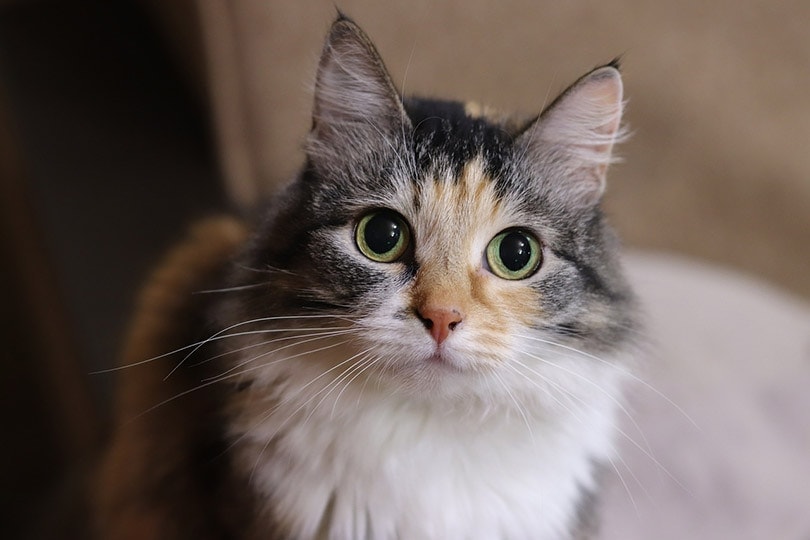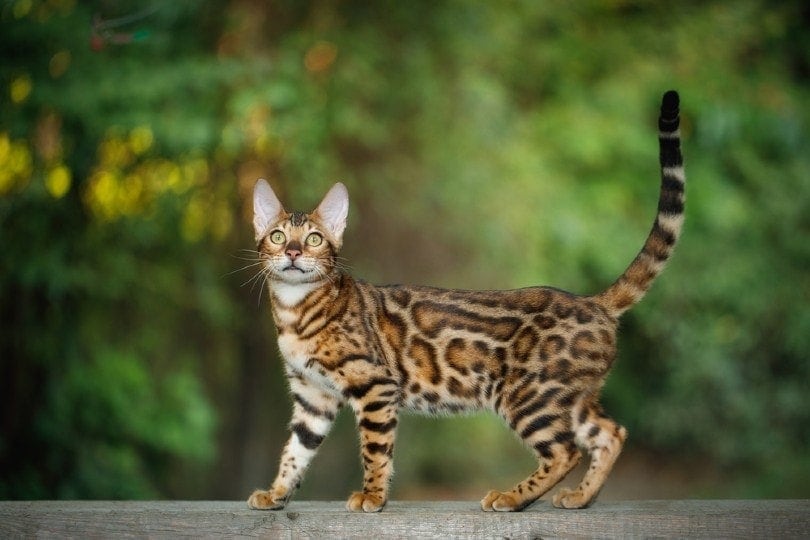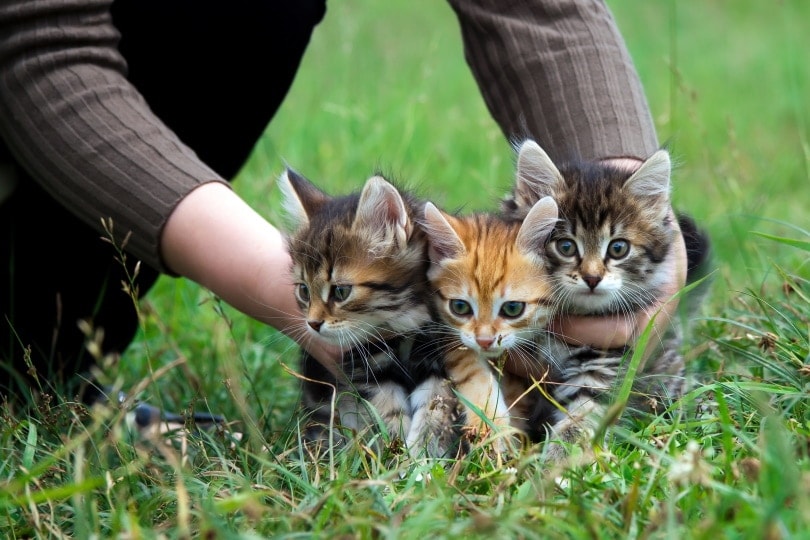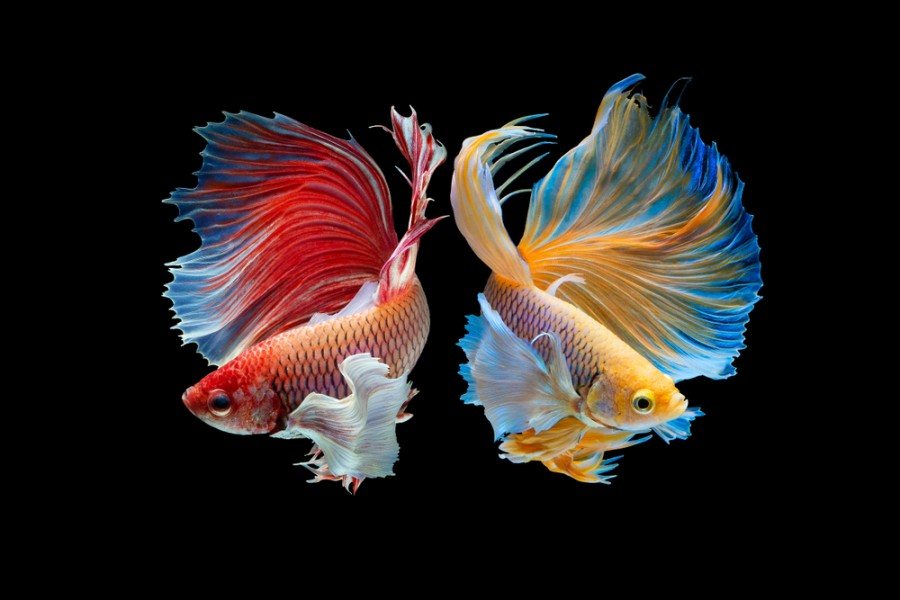Why Your Cats Fur Suddenly Matted? 7 Vet Reviewed Reasons
Updated on
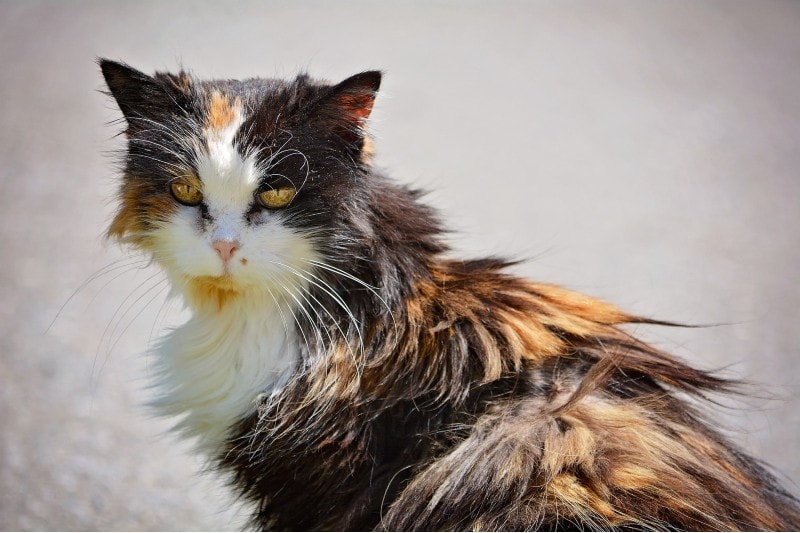
Cats may spend more than a third of the day grooming themselves. They are natural groomers, and personal hygiene is a big focus for them. As long as your cat is not excessively grooming, their daily beauty routine is a healthy sign.
If you have a longhaired cat, you may need to help them out by brushing through their coat regularly, especially if they are an outdoor cat. Their long hair can tangle and become matted easily, especially if your cat has been through bushes or dusty and dirty areas.
However, if your usually well-groomed cat suddenly becomes matted, it could be a sign that something is not right. We are going to discuss some common reasons why your cat’s fur may have suddenly become matted below.
The 7 Reasons Your Cat’s Fur Suddenly Matted
1. Oral Disease
If your cat has any form of dental disease that causes pain and discomfort in their mouth, you may see a decrease in their grooming, or they may stop altogether.1 Cats use their mouths to groom, but if they are feeling sore and sensitive, they won’t want to aggravate the area further.
Common types of dental diseases are gingivitis, periodontal disease, and tooth resorption. These diseases can cause inflammation, bleeding, and even tooth loss. However, your cat could also be struggling with stomatitis which causes inflammation that affects the entire mouth.2
If your cat has any one of these oral diseases, a lack of grooming won’t be the only symptom they have. You’ll likely also notice that they aren’t eating as much, prefer wet food over dry, are crying in pain, have an odor coming from their mouth, and may have started drooling. Treatment from a vet is necessary in all of these cases.
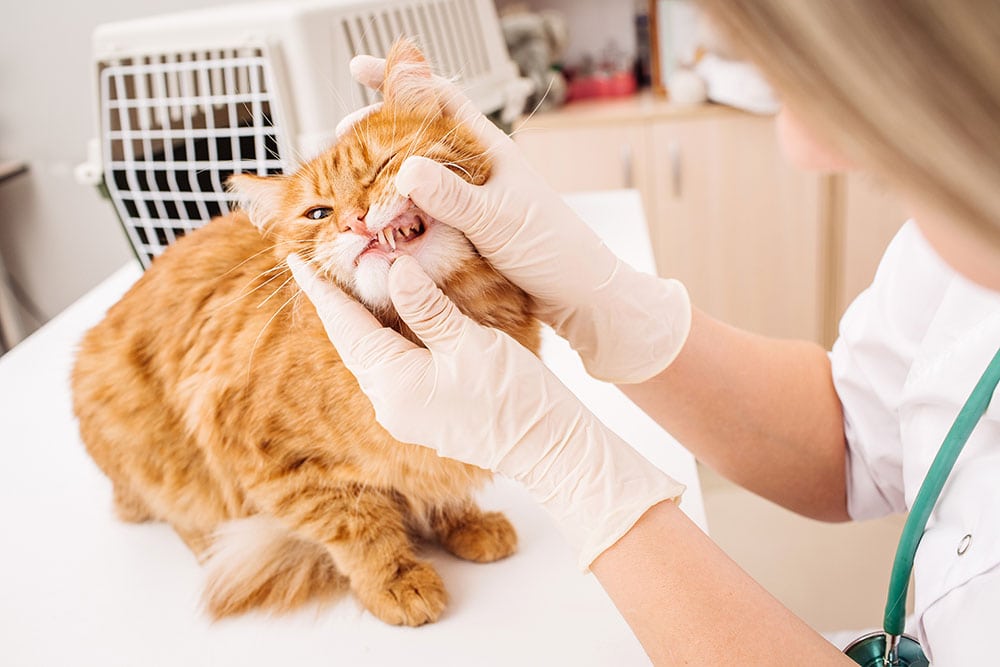
2. Arthritis
Unfortunately, as cats start to get older, arthritis becomes more and more of a threat.3 However, it can start earlier in some cats. It’s a painful disease that affects your cat’s joints and, sadly, gets worse over time. Arthritis causes a lack of mobility in cats as jumping and other common activities start to become painful.
Grooming is one of those activities that will occur less and less as your cat’s disease worsens because bending to lick all over their body will become impossible due to the swelling, pain, and potential lameness in their joints and spine.
A few symptoms that accompany your cat’s lack of grooming are limping, falling, decreased energy, crying, and urinating in unusual spots.
3. Stress and Depression
If you’ve recently undergone changes in your home, moved homes, or experienced the loss of a pet or loved one, your cat might be struggling through the changes more than you may realize. Emotions aren’t unique to humans—your pets have them too. Depending on the situation, your cat might be experiencing stress or depression.
Stress may cause excessive grooming that leads to bald spots, or it may lead to a lack of grooming, while depression typically leads to the latter of the two. They will likely also stop eating and playing around your home and instead hide. You may also notice house soiling. Spending time with your cat, trying out new foods, bringing routine back, and getting professional help are some ways to help your cat through tough times.
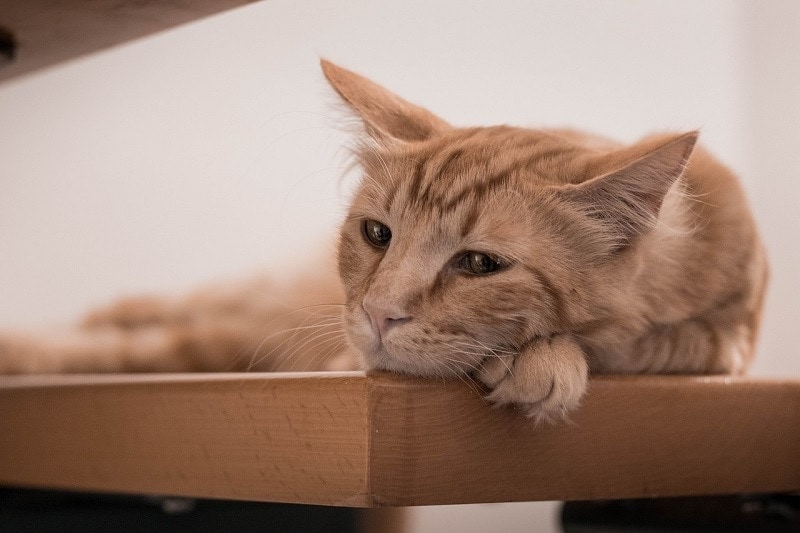
4. Obesity
If your cat is overweight or obese, this might be the reason their coats are matting. Similar to arthritis, obese cats can’t bend easily and get into different positions suitable for grooming. However, it’s not because they’re in pain but rather because their body fat stops them.
Obesity isn’t something that should be encouraged, no matter how cute a chubby cat may look. It can put your cat at a higher risk for diabetes and heart problems, as well as arthritis. Instead, chat with your vet about portion control and consideration of a calorie-restricted diet and how to help them get back to a healthier weight.
5. Age
Kittens start to groom themselves and their littermates from around 4 weeks old. However, although senior cats have plenty of grooming experience, they’re the ones who may struggle with a matted coat. Older cats may struggle with mobility or might be too weak and unbothered to groom their entire coat.
A senior cat’s “old age behavior” might be a sign of dementia. They might not be grooming themselves because they are no longer aware that it’s necessary, or they might be struggling with confusion. As your cat gets older, their condition is likely to worsen, albeit slowly.
Don’t grow impatient with your aging cat but show them compassion and care. You can do that by keeping their coats unmatted and brushing through it daily.
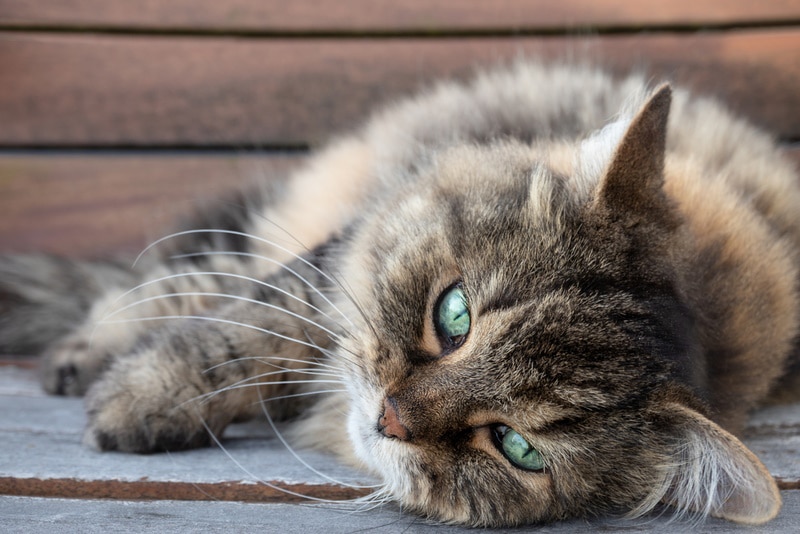
6. Certain Cat Breeds
A cat with beautiful long hair is captivating, but they do struggle with matted hair due to their thick undercoats. Breeds such as Persians, Ragdolls, Maine Coons, Siberians, etc., will need extra help when it comes to grooming their coats.
Using combs suitable for their thick undercoats and long hair is essential in keeping them looking well-groomed. Frequent baths, brushings, using powder to combat grease, and trimming areas that are prone to matting are ways to keep your cat’s coat looking and feeling good.
7. Friction
If you’ve got long hair, you’ll know how to personally relate to this point. Rubbing your hair inside of your hat or against a blanket can quickly cause knots and tangles that are difficult to brush out. The same is true for cats with long coats. As their legs rub against each other as they walk or their collar rubs in the hair around their neck, they can experience matting.
You can prevent discomfort in your cat by brushing through their coats often and getting them trimmed to get the matting under control. Trimming around their bottom will help keep things clean and unmatted when using their litter box.
If you need a great brush, we recommend the Hepper Cat Brush. This easy-to-use product reliably removes loose hair and knots, and you can clean it with the touch of a button! Try it and you’ll see why this brush is perfect for you and your cat.
Is a Matted Coat Bad for Cats?
A matted coat can be uncomfortable and eventually cause pain the worse the matted area becomes. Brushing through mats is also a painful experience for cats because they’re difficult to get through and will pull on their hair and even damage it.
However, a matted coat can cause even more issues for your cat because it stops ventilation, preventing their skin from being able to breathe. It can make their skin dry, hot, flaky, and itchy, which can lead to infection.
An ungroomed, matted coat is also an ideal place for parasites. They’re able to roam your cat’s skin and bite them. Without being able to brush through your cat’s coat easily, you may not notice the ticks and fleas hiding out. A lack of treatment can lead to infection and more serious conditions.
Conclusion
Regardless of your cat’s coat length, you need to monitor the condition of their coat. Matted hair is dangerous enough, but it is a sign that your cat has stopped grooming themselves, which is a cause for concern as they’re natural groomers.
Their suddenly matted fur could be an indication that your cat has an oral disease, is overweight, requires extra brushing from you, is stressed, as well as many other reasons. A trip to the vet for a diagnosis is always the safest route to take in preventing further damage or pain in your cat. They can also help you manage their situation to best care for them.
Featured Image Credit: Petra, Pixabay




